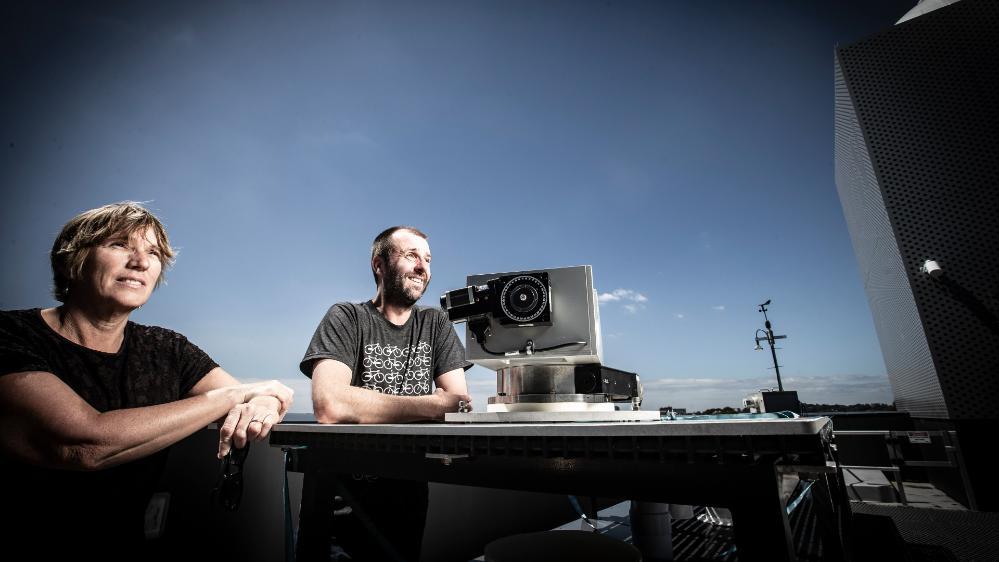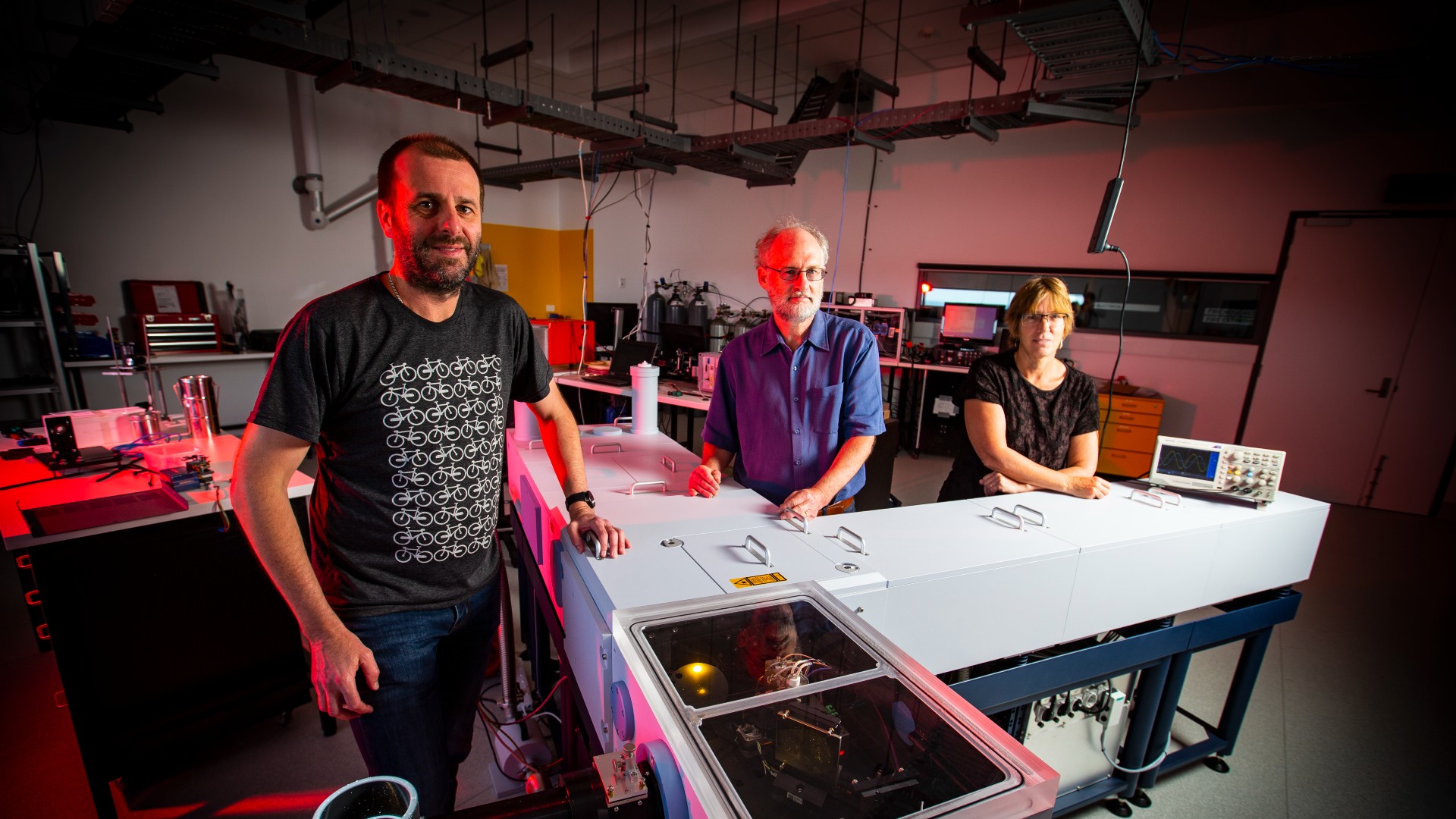December 21, 2021
Devastating Black Summer bushfires had lasting impact on Australia’s carbon cycle
New research outlines extensive carbon emissions, recovery period for ecosystems affected by bushfires
Two years ago, vast swathes of Australia, particularly along the East Coast, were engulfed in a bushfire crisis.
While the impact was immediate and devastating for the environment, flora and fauna, the long-term effects of the extreme drought and raging bushfires on Australia’s carbon cycle have been captured by an international team of researchers, including researchers from the University of Wollongong and the Jet Propulsion Laboratory (JPL) in the United States.
In a paper published last week (9 December) in AGU Advances, the research team, including Dr Nicholas Deutscher, Senior Professor David Griffith, Professor Clare Murphy (Paton-Walsh), Dr Voltaire Velazco, and Dr Nicholas Jones from UOW, found the bushfires on Australia’s East Coast combined with drought released an amount of carbon that is nearly double Australia’s annual fossil fuel emissions.
Using three satellites (Orbiting Carbon Observatory – 2, TROPOMI, and MODIS), along with UOW’s atmospheric gas measuring instrument, positioned at the Wollongong campus, the researchers tracked the carbon dioxide and carbon monoxide omitted by the bushfires, and the process of photosynthesis and regrowth in areas impacted by drought and bushfires.
Dr Nicholas Deutscher, from UOW’s Centre for Atmospheric Chemistry, said the drought that preceded the bushfires had laid the groundwork for the unprecedented bushfires that would burn for months as 2019 gave way to 2020.
“The conditions prior to the bushfires were so dry. Droughts suppress photosynthesis, reducing the amount of CO2 absorbed from the atmosphere, which meant that carbon uptake had already been disrupted by the time the bushfires occurred,” Dr Deutscher said.
“Bushfires release CO2 into the atmosphere through combustion. The immense amount of carbon dioxide that was released during the bushfires was more than an entire year of fossil fuel emissions.
“One other thing we can conclude is that bushfires do not appear to be net-neutral from a greenhouse gas perspective, which contradicts many earlier and popular opinions.”

Professor Clare Murphy and Dr Nicholas Deutscher, with UOW's atmospheric gas measuring instrument.
Dr Brendan Byrne, a postdoctoral fellow at JPL and lead researcher on the paper, said the new satellite measurements allowed the researchers to track the carbon cycle response from space, and demonstrate that cooler conditions are necessary to enable the environment to recover from such events. The researchers estimate it will take 20 years for Australia’s East Coast ecosystems to make a full recovery from the bushfires, a timeline that would be extended if more bushfires were to occur during that period.
“Heat and drought events driven by climate change may increase the frequency of bushfires and the recovery time of ecosystems, which threatens the carbon stocks of the region,” Dr Byrne said.
“Using these satellite measurements, we were able to track how ecosystems lost or gained carbon during this event. We were able to see that ecosystems that were impacted by drought but did not burn quickly recaptured carbon when conditions became cooler and wetter. However, in the areas that burned, we saw that the carbon losses in just one year wiped out many years of carbon sequestration.
“This has implications for the future of carbon stocks in regions like this, which are expected to warm as a result of climate change and may take longer to recover from bushfires.”
The researchers said the findings highlighted the ability to use multiple satellites to track the carbon cycle process from space, supported by on-the-ground measuring instruments.
UOW’s atmospheric measuring instrument has been in place for 25 years.
